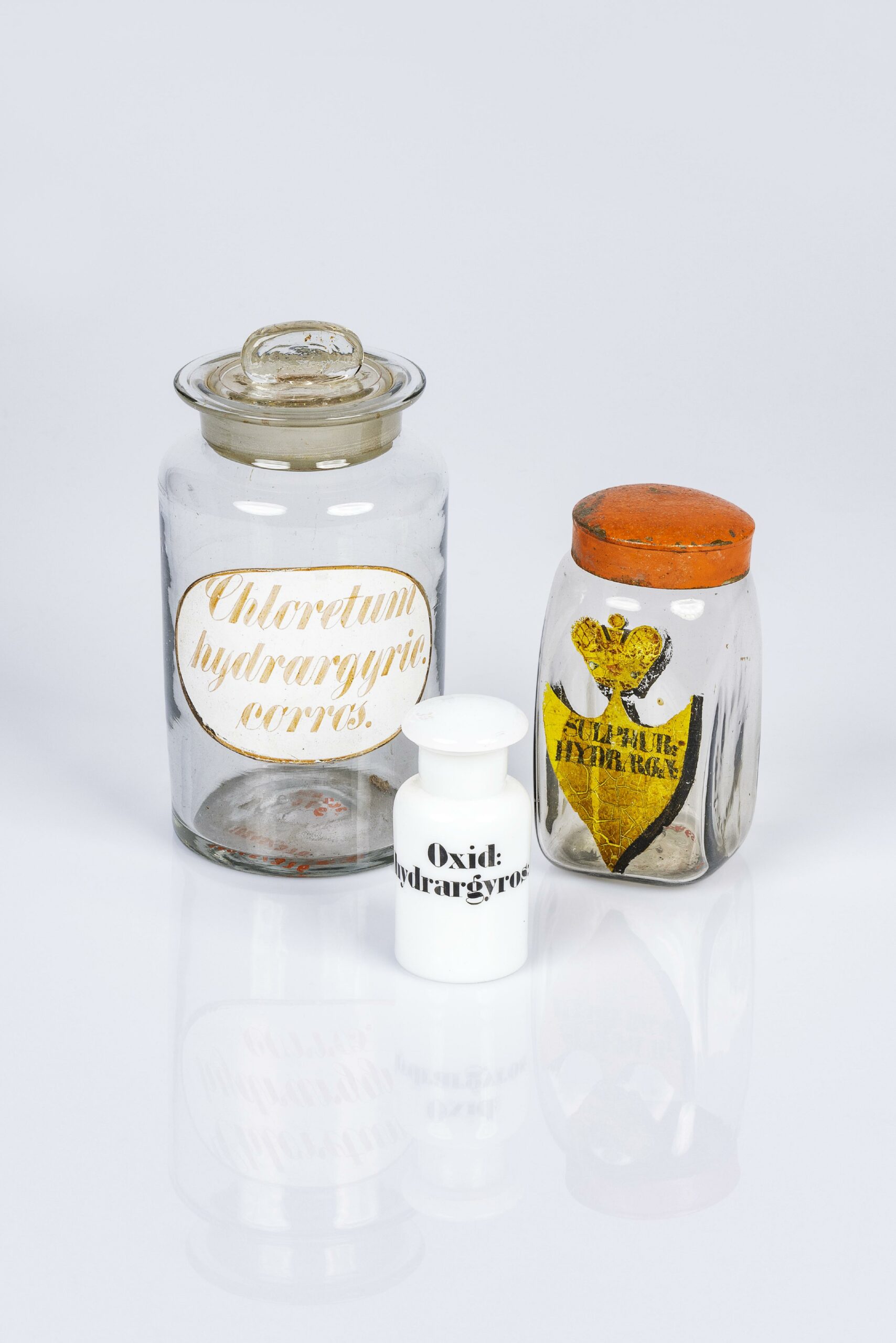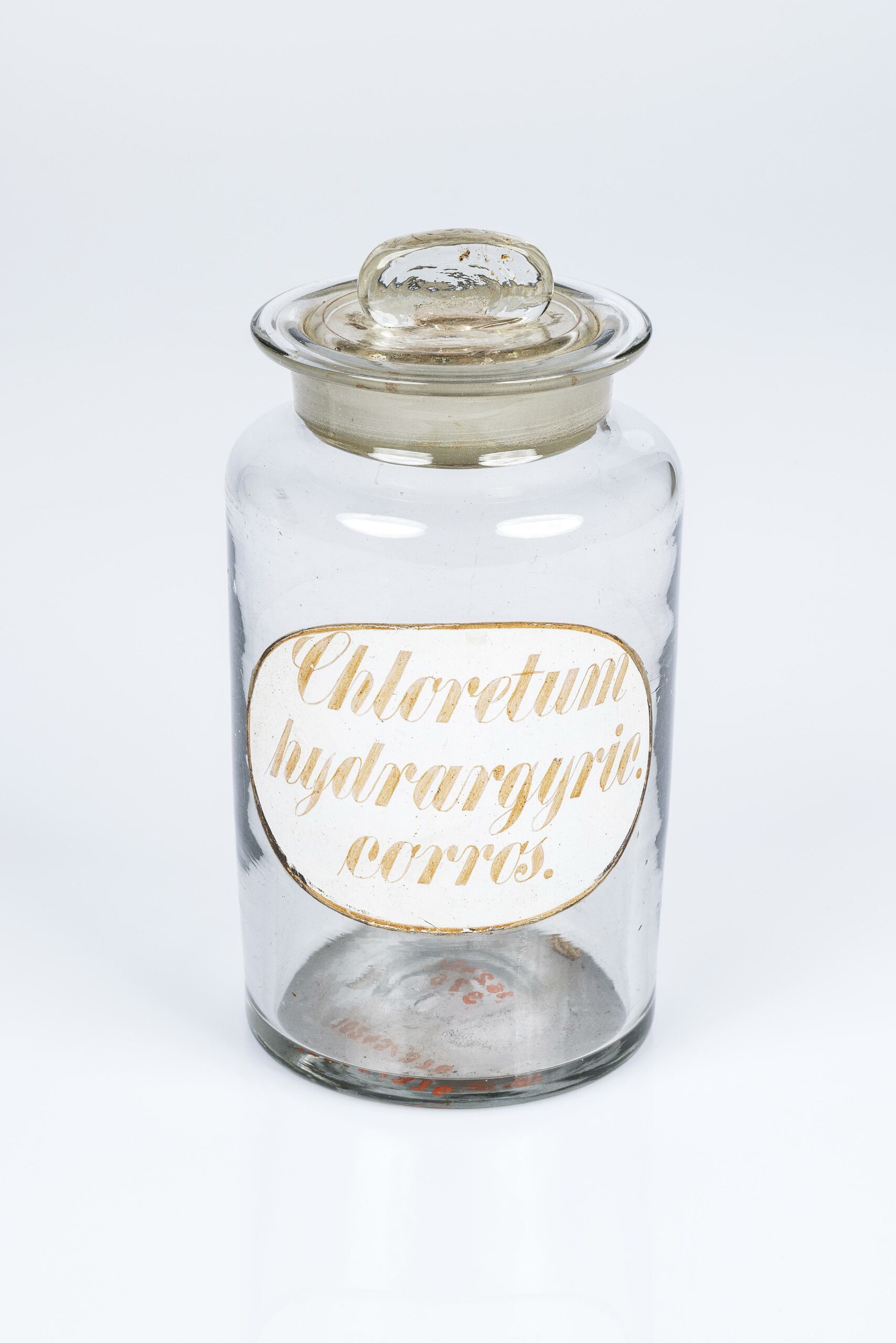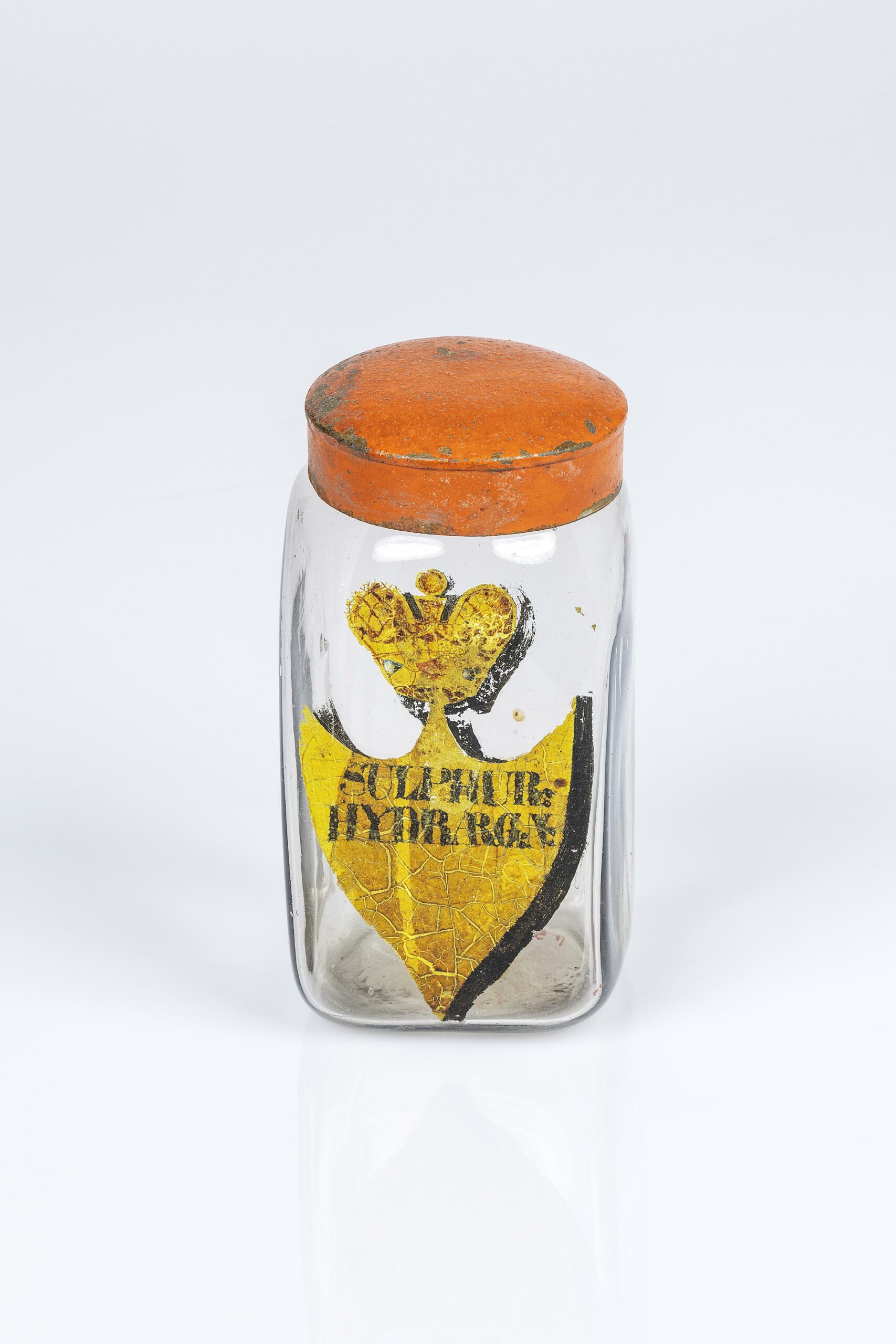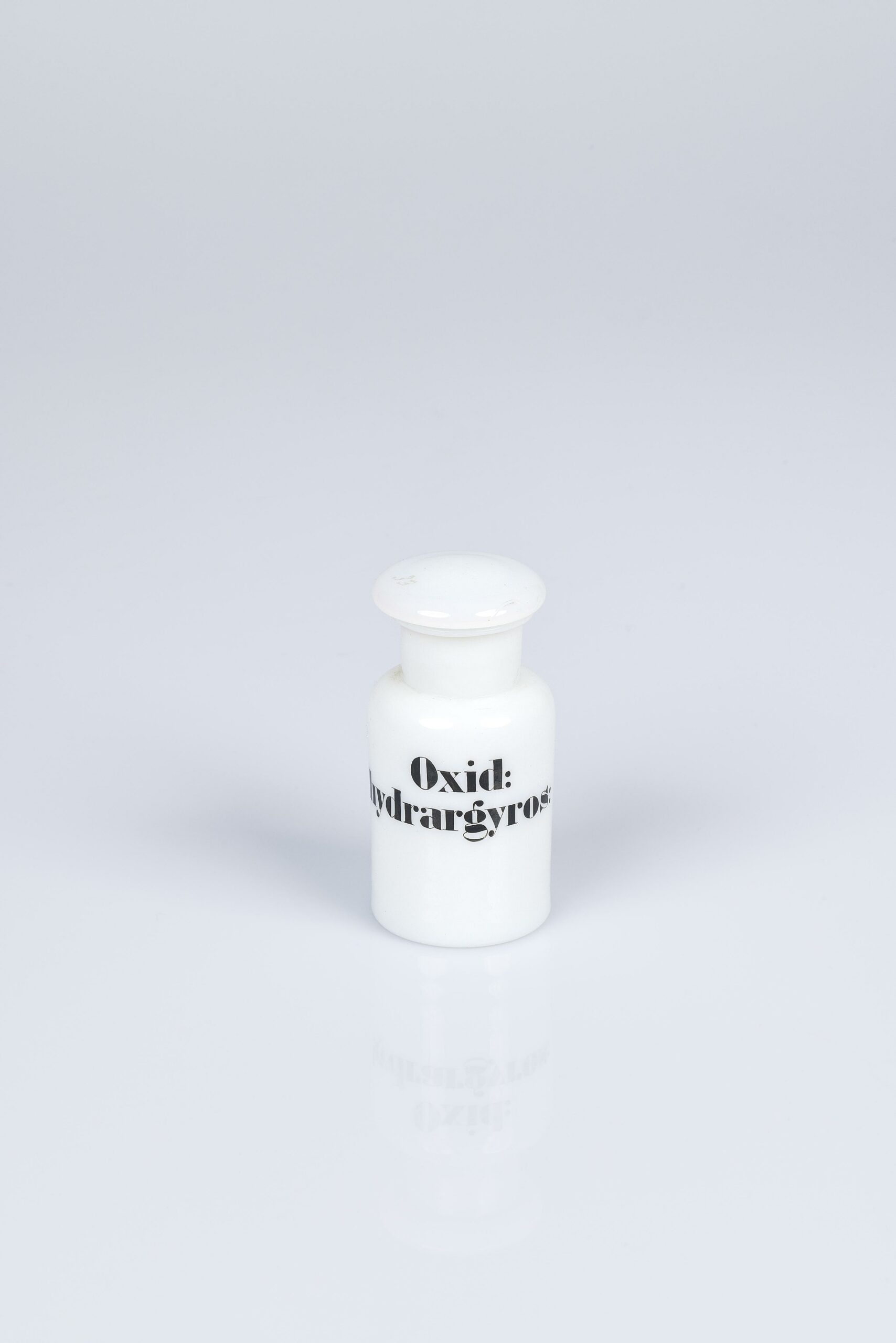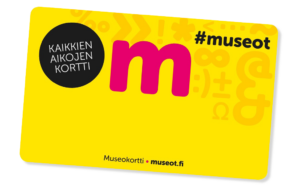Enchanting mercury
Mercury is sensitive to movement and vaporisation and behaves quite differently from what you would expect from a metal. Perhaps partly for this reason, mercury was believed to have particularly powerful properties and was used as a medicine for thousands of years.
The exhibition sheds light on the ailments for which different mercury preparations were prescribed and how they were believed to work. Mercury-containing medicines were used to treat a variety of skin diseases and sexually transmitted diseases, among others. Before the invention of penicillin, it was considered the only effective medicine for syphilis. Mercury was also used in various beauty products until the 20th century. Although people were at least somewhat aware of the side effects of mercury, it was often believed that its benefits outweighed any potential harm.
Mercury in world trade
The exhibition also presents mercury as part of the world trade of the 17th century. Almost all the mercury used in Europe was produced in the mines of Idrija in what is now Slovenia, from where it was transported to Finland and Turku. The exhibition follows the sailing voyage of Petter Claesson, a sea captain from Turku, on the ship Apparence in 1774. The ship’s cargo contained a variety of valuable and practical goods needed in Turku, including mercury.
The Mercury of Life and Death exhibition is based on a joint research project by the University of Turku and Åbo Akademi, the Road Across the Sea, and Laura Hollsten‘s new research on the use and role of mercury in world trade in the 17th century.
Visit
Opening times and pricesGallery
